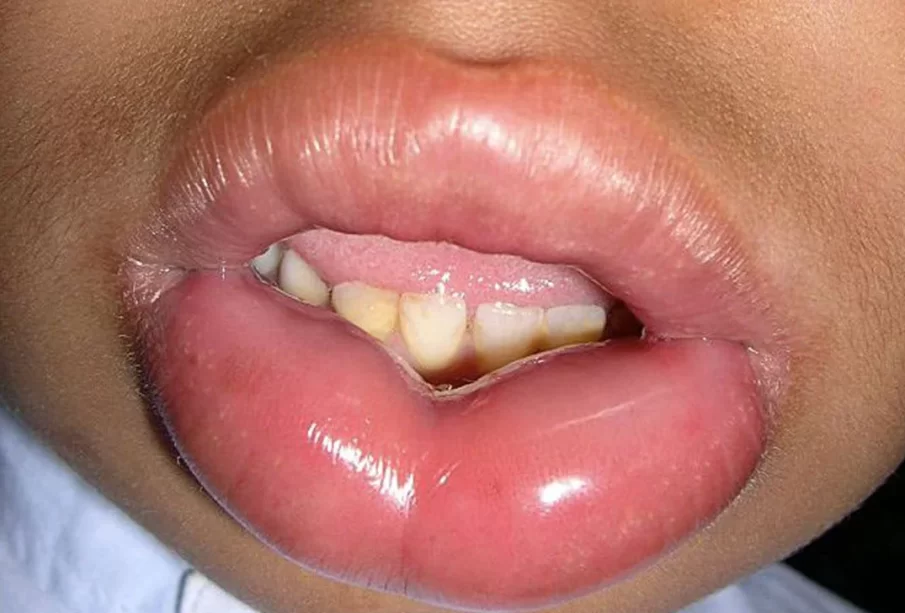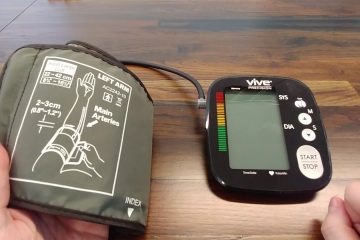Swelling Beneath the Surface: Unmasking Angioedema

Angioedema is a medical condition that affects a significant number of people worldwide, yet it remains largely unknown and misunderstood. It is characterized by the sudden and severe swelling of the skin, subcutaneous tissue, and mucous membranes, often causing significant discomfort, pain, and even life-threatening symptoms. Despite its prevalence and morbidity, angioedema is often misdiagnosed or mistreated, leading to increased suffering, exacerbation of symptoms, and unnecessary complications. In this article, we will explore the causes, types, symptoms, and treatments of angioedema, shedding light on this obscure yet significant medical condition and providing insights and solutions for those affected.
A Closer Look at the Different Types of Angioedema
Angioedema is a medical condition that can be classified into different types based on its underlying cause and symptoms. There are allergic angioedema, drug-induced angioedema, hereditary angioedema, and acquired angioedema. Allergic angioedema is usually caused by exposure to allergens such as certain foods or medications. Drug-induced angioedema is often a side effect of certain medications.
Hereditary angioedema is a rare condition that is caused by a deficiency in a particular type of protein. Acquired angioedema is also a rare condition that can be caused by autoimmune disorders, infections, or certain types of cancers. Angioedema can cause swelling in various areas of the body, including the lips, tongue, throat, and genitals, and it can result in life-threatening symptoms such as difficulty breathing and swelling of the airway.
Due to the potentially severe symptoms of angioedema, early diagnosis and appropriate treatment are crucial. Treatment options may include antihistamines, corticosteroids, or medications that specifically target the underlying cause of the condition. In some cases, emergency interventions such as intubation or tracheostomy may be required. Understanding the different types of angioedema and their symptoms can help healthcare professionals provide accurate diagnosis and treatment for those affected by this condition.
Navigating the Treatment Landscape for Angioedema
Navigating the treatment landscape for angioedema can be a challenging and complex process, as the causes and types of the condition can be diverse and vary greatly from patient to patient. Some patients may respond well to over-the-counter antihistamines, while others may require prescription medications. In some cases, emergency treatment with epinephrine may be necessary to prevent life-threatening complications.
It is important for patients with angioedema to work closely with their healthcare providers to determine the best course of treatment based on their individual symptoms, medical history, and underlying causes of the condition. This may involve careful monitoring of symptoms, regular blood tests to assess immune system function, and communication with an allergist or immunologist to assess the potential triggers of the condition. Additionally, patients may need to make lifestyle changes, such as avoiding certain foods or environmental triggers, to prevent or reduce the occurrence of angioedema. With proper management and understanding of this condition, patients can effectively navigate the treatment landscape and achieve a better quality of life.
Tips for Managing Angioedema in Daily Life
There are several tips for managing angioedema in daily life. Firstly, it is important to identify and avoid triggers that can lead to an angioedema attack. This may involve consulting with a healthcare provider to determine the underlying cause of the condition and developing a plan to avoid triggers such as certain foods, medications, or environmental factors.
Secondly, it is crucial to have a treatment plan in place in case of an angioedema attack. This may involve carrying an epinephrine auto-injector and having access to emergency medical care.
Finally, practising self-care strategies such as managing stress, avoiding alcohol and tobacco, and maintaining a healthy diet and exercise routine can help reduce the frequency and severity of angioedema attacks. By incorporating these tips into daily life, individuals with angioedema can take control of their condition and improve their overall quality of life.









